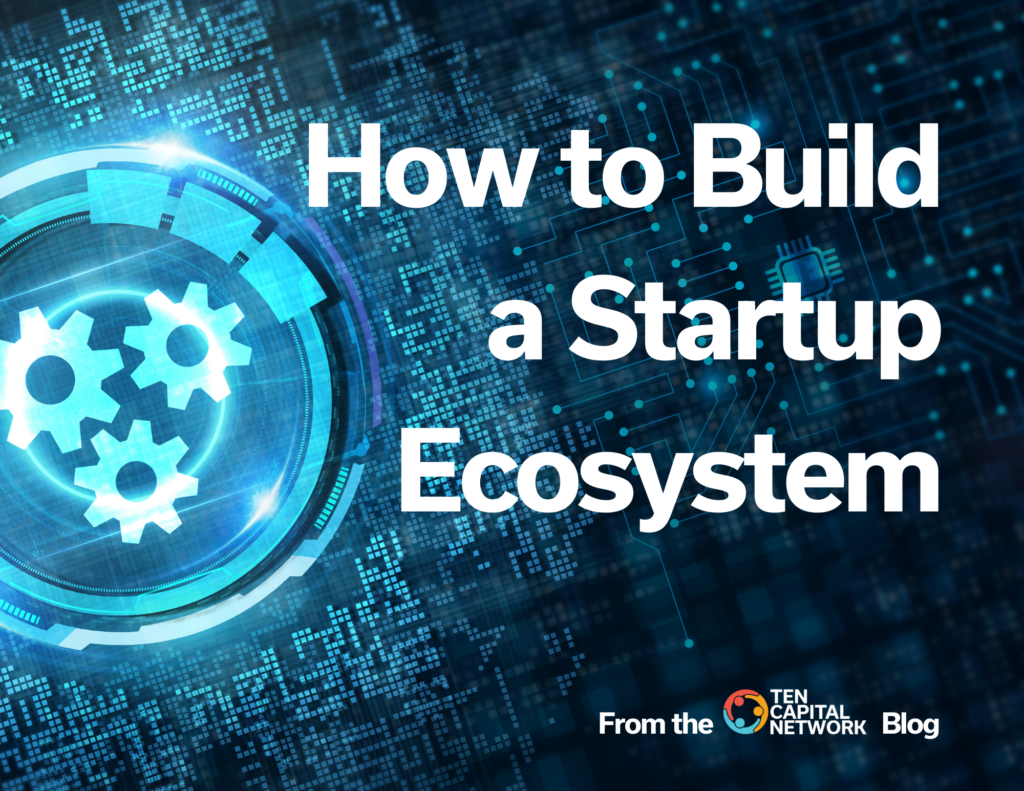Think Like an Investor: An Inside Perspective
2min read The best way to successfully land an investor for your startup is to begin thinking like one. Knowing what the investor wants and how they make decisions will aid you in preparing your pitch and pleading with your case. In this article, we provide you with just that- an inside perspective into the mind of an investor to learn what they want out of a deal and how they make the final decision. What Do Investors Really Want? Most investors look for startups in which they can find a return on their investment. In the diligence and funding process, what the investor really wants is to not lose all their money. They want to reduce risk to zero. As a startup raising funding, you can help the investor find confidence by showing the risk mitigation you have put in place. For each concern, show how you’ve mitigated the risk. For example, the investor may ask: “How do we know the team will execute?” Respond with: “We’ve demonstrated execution so far with these results.” “How do we know we can sell the product?” Respond with: “We’ve sold this much so far, and will continue using the same process.” Remember where the investor is coming from and show how the risk has been reduced, even if it’s not reduced to zero. How Do Investors Make Decisions? Entrepreneurs look at the opportunity in the deal. Investors look at the risk. There are two factors that help the investor decide to invest or not. The first is the worst-case scenario approach. They ask: “What is the worst that can happen?” Oftentimes, the answer is: “You’ll lose all your money.” Sometimes the answer is: “You could be in the deal for the next 10 years with very little return.” If the investor can live with the worst-case scenario, then they move forward. The second factor in the decision-making process is the reputation factor. If the deal turns out to be a dud or even goes sideways, their reputation takes a ding. Investors care about reputation because it impacts how other investors treat them. In presenting your deal to an investor, consider how the investor will view the deal and its impact on them. How Do Venture Capitalists Make Decisions? Venture Capital investors make investment decisions as a group. After the initial pitch to a VC investor, the startup meets the rest of the investment team and pitches the entire group. The team decides together to pursue diligence. With the diligence results, the team again comes together to make a go/no-go decision. The advocate for the startup makes the case for moving forward with the investment. It’s best to arm your advocate with enough information to make your case. The startup should also remember that the advocate is taking a reputation risk as well as a financial risk on the startup and that’s never an easy thing to do. Read more on the TEN Capital eGuide: Closing the Investor Hall T. Martin is the founder and CEO of the TEN Capital Network. TEN Capital has been connecting startups with investors for over ten years. You can connect with Hall about fundraising, business growth, and emerging technologies via LinkedIn or email: hallmartin@tencapital.group
Think Like an Investor: An Inside Perspective Read More »


